Pisces Zodiac lucky plants
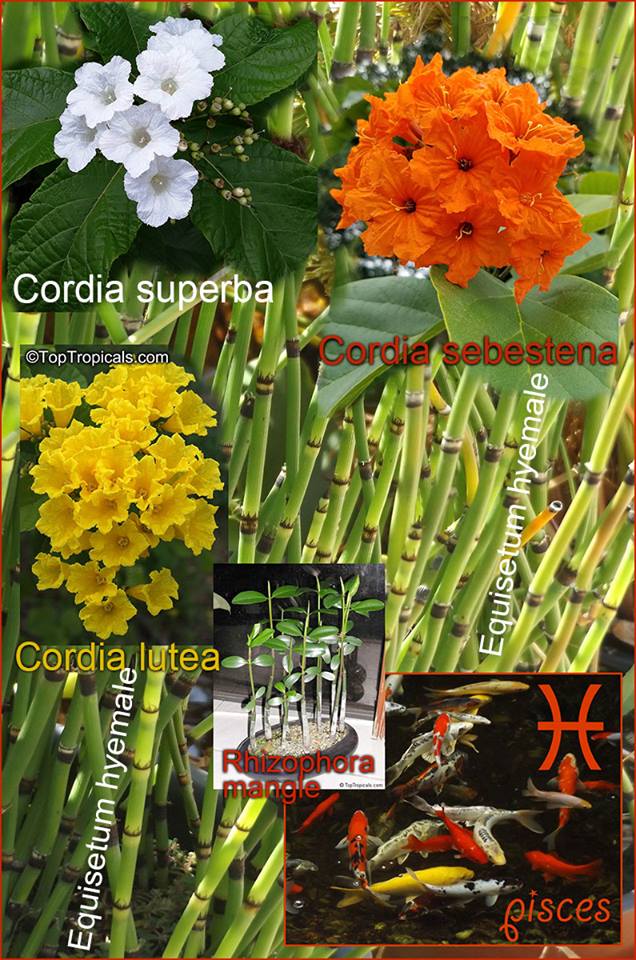

Pisces- 2/19 -
3/20. As a WATER sign ruled by both Jupiter and Moon (and Neptune, that
was not discovered until 1846, after the plant correspondences were
established; Neptune is considered a "higher octave" of the Moon), Pisces plants are
often large but hard to find, and may grow near the ocean. The most healing
plants for Pisces are those that strengthen the immune system or have an
antibacterial effect. Pisces plants may also catalyze expanded states of awareness
and be helpful in dream work.
Herbs connected to Pisces are ruled by its former ruler, the Moon
(Neptune, the current ruler, was not discovered until 1846, after the plant
correspondences were established; Neptune is considered a “higher octave” of
the Moon). Diseases of Pisces have traditionally included psychotic disorders,
various forms of substance addiction, lung diseases such as tuberculosis, and
ailments of the foot; contemporary herbalists also add immune system
diseases. Pisces is strengthened by rosemary's ability to promote an aura of
centered grounding. This protective herb helps strengthen boundaries and cultivate a
closer connection to the physical realm.
Pisces Zodiac
lucky plants: Water lily, Lotus, Clematis, Wisteria, Lisianthus, Brunfelsia, Echinacea, English Lavender, Rosemary, Coconut palm, Cranberry, Clove, Coccoloba, Sea Oats, Mangroves, Ochrosia, Aquatic plants, Colocasia, Alocasia, Aralia, Ficus trees, Banyan, Peepal, Banana, Mango, Mimosa, Olive, Anise, Vilca and Yopo, Kava-kava, Nutmeg, Anthuriums, Eucalyptus, Bauhinia,
Clusia, Caesalpinia, Callistemon, Bucida, Cassia fistula, Cordia, Calabash, Lipstick palm, Delonix, Elaeocarpus, Erythrina, Fatsia, Guaiacum, Mahoe, Koelreuteria, Kopsia, Macaranga, Pandanus, Peltophorum, Psychotria, Banesteriopsis, Tabebuia.
For other signs information, see Plant Horoscope Page.
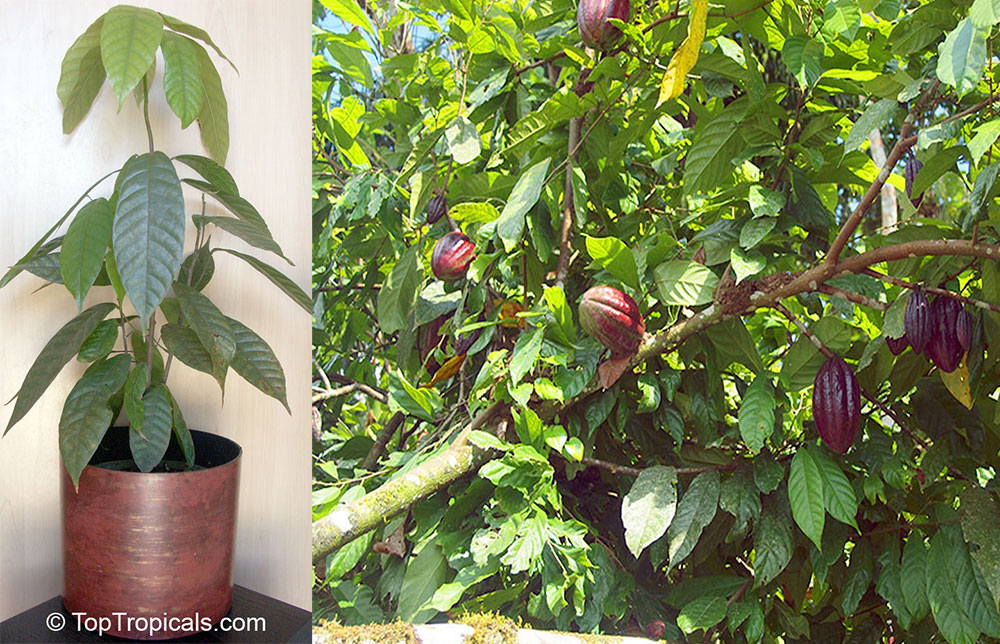
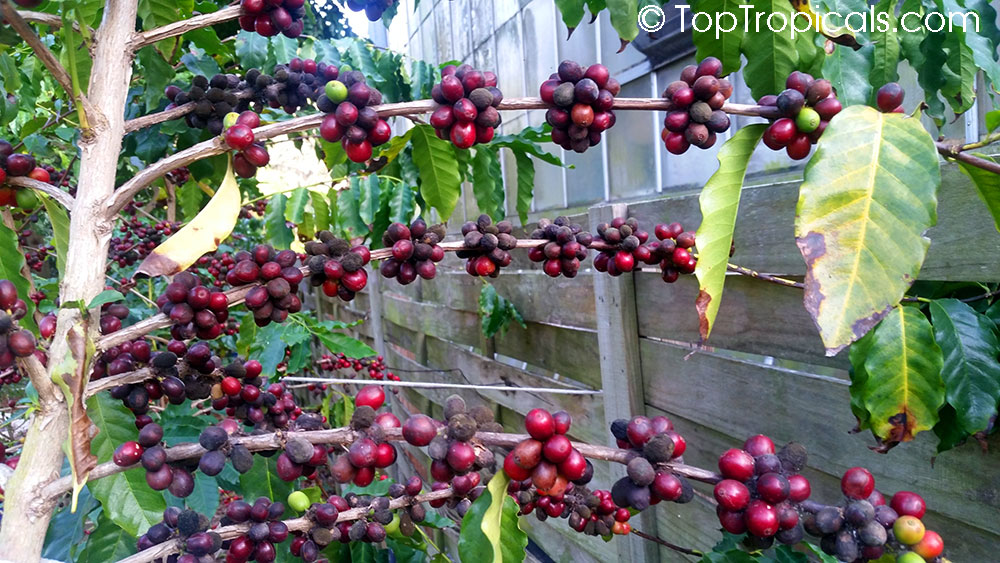

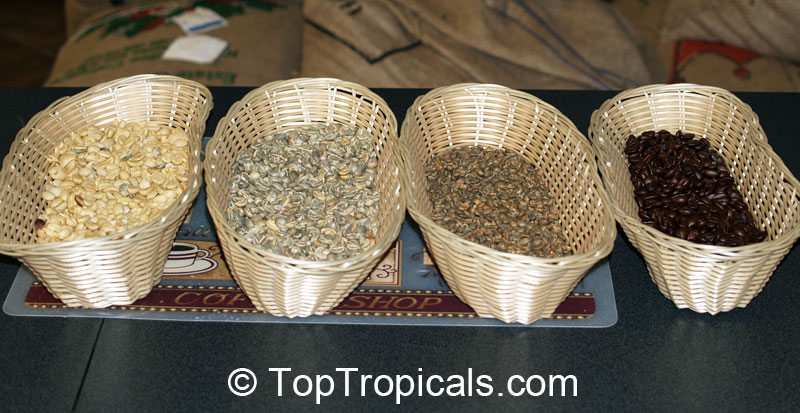

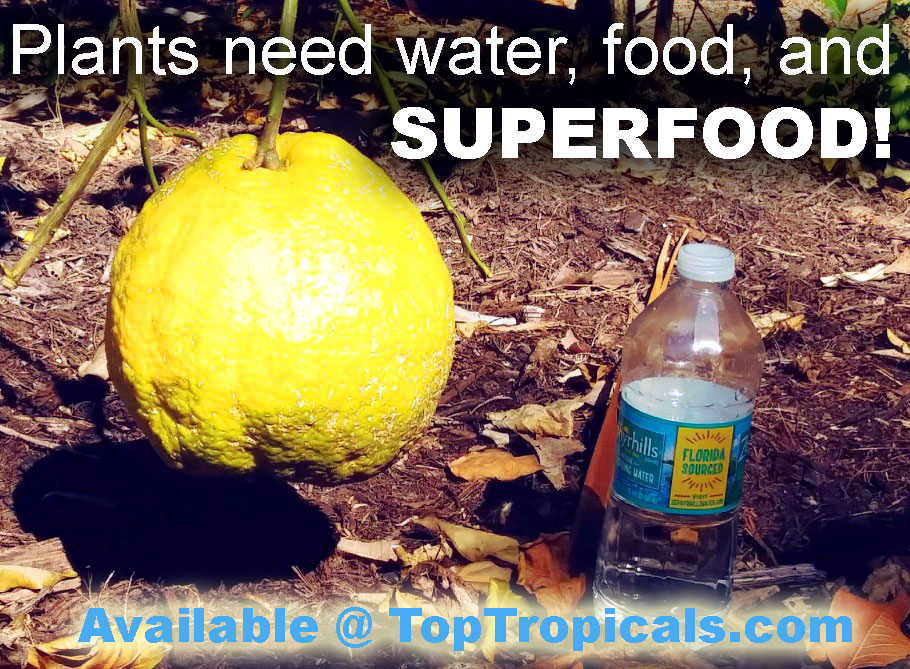
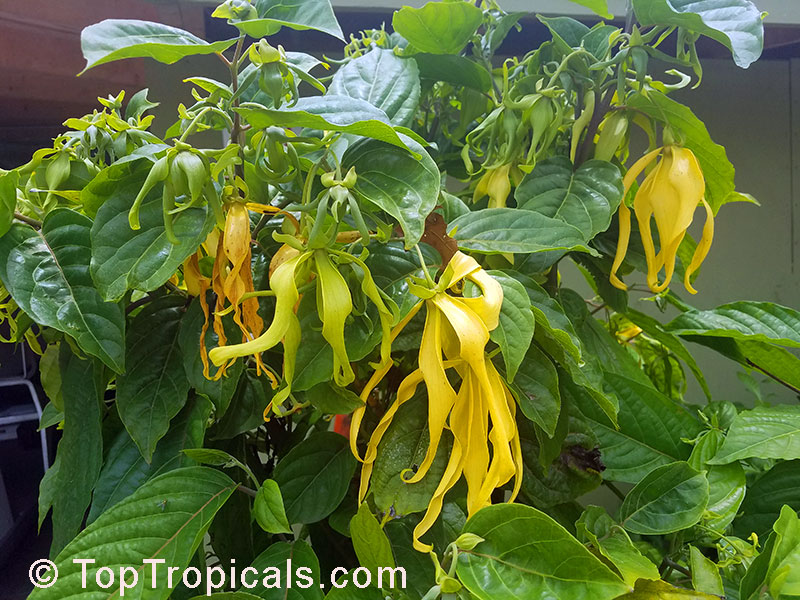

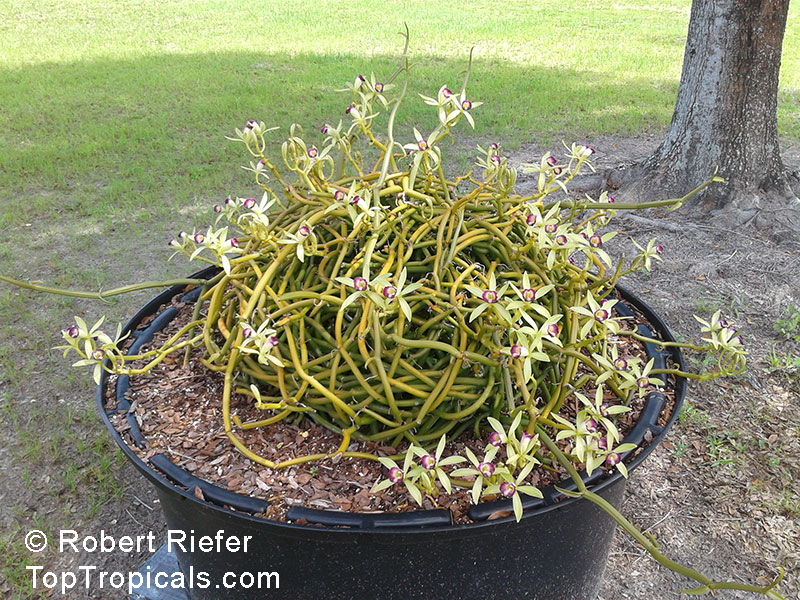
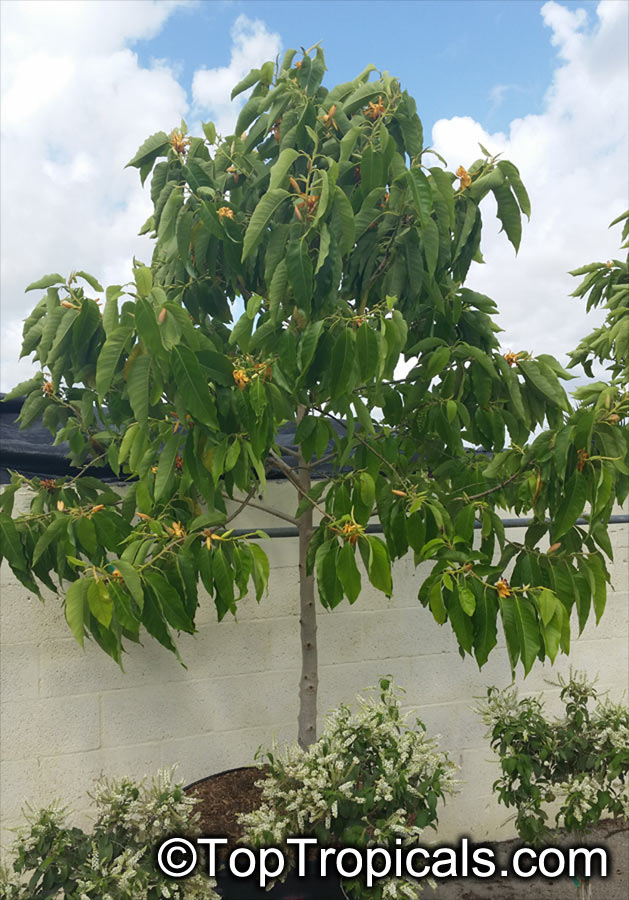
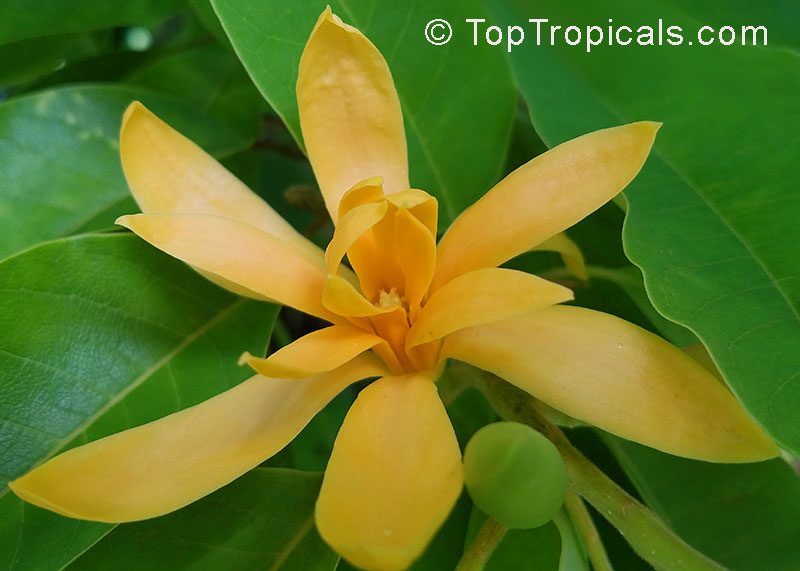
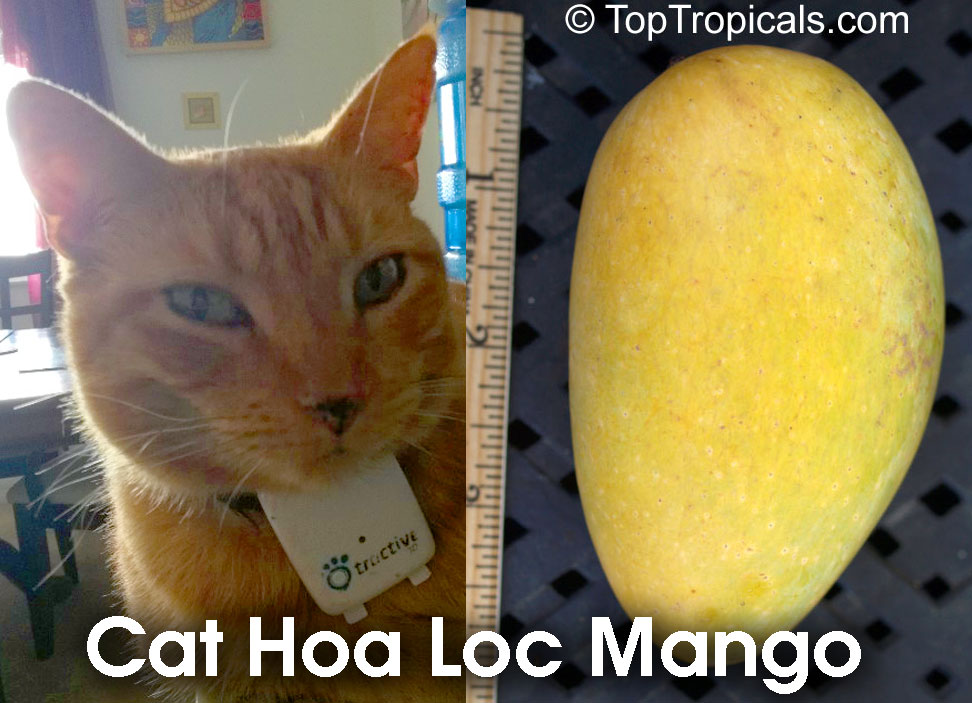
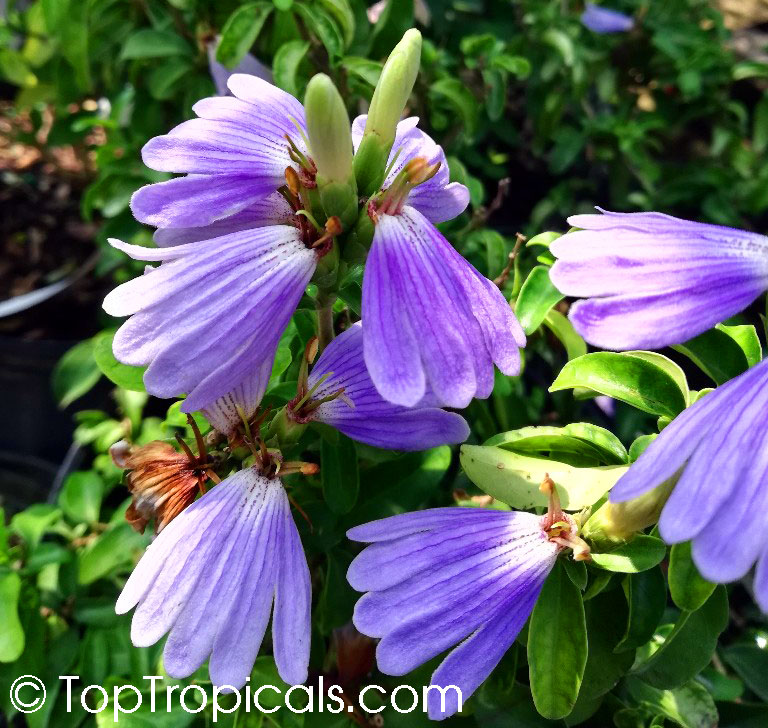
 A few months ago while working among the bewildering array of great plants
we grow, I began to notice wafts of a very unique fragrance. The scent seemed
somehow familiar, yet for the longest time, I was unable to determine what
kind of plant it was emanating from. I knew it was somewhere toward the back
of the growing houses but just couldn't determine its source. The fragrance is
very distinct and wonderful and could be detected over a large area... That
scent is hard to describe, however, I would suggest a mixture of Lavender and
old-fashioned florist violets...
A few months ago while working among the bewildering array of great plants
we grow, I began to notice wafts of a very unique fragrance. The scent seemed
somehow familiar, yet for the longest time, I was unable to determine what
kind of plant it was emanating from. I knew it was somewhere toward the back
of the growing houses but just couldn't determine its source. The fragrance is
very distinct and wonderful and could be detected over a large area... That
scent is hard to describe, however, I would suggest a mixture of Lavender and
old-fashioned florist violets... 
